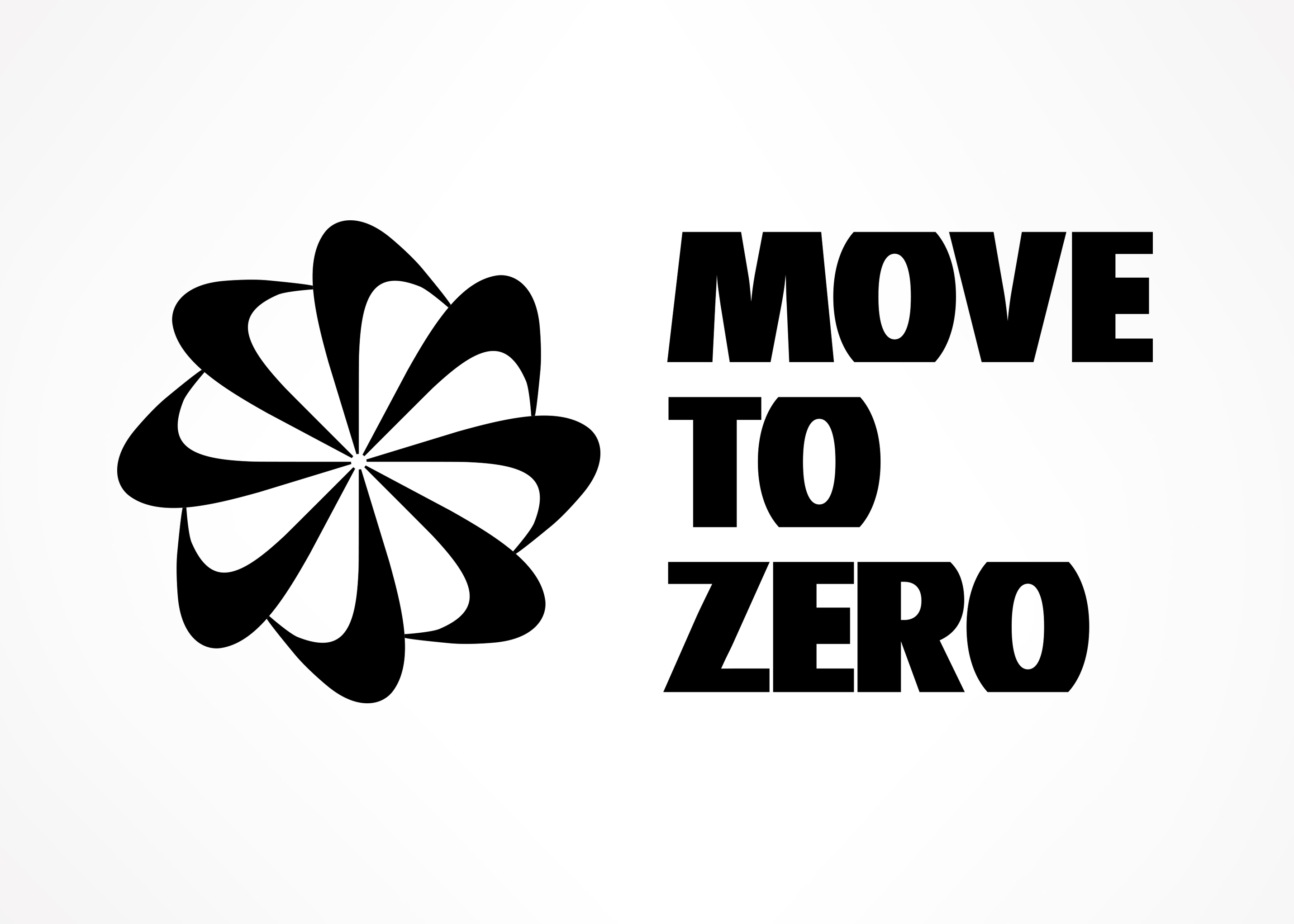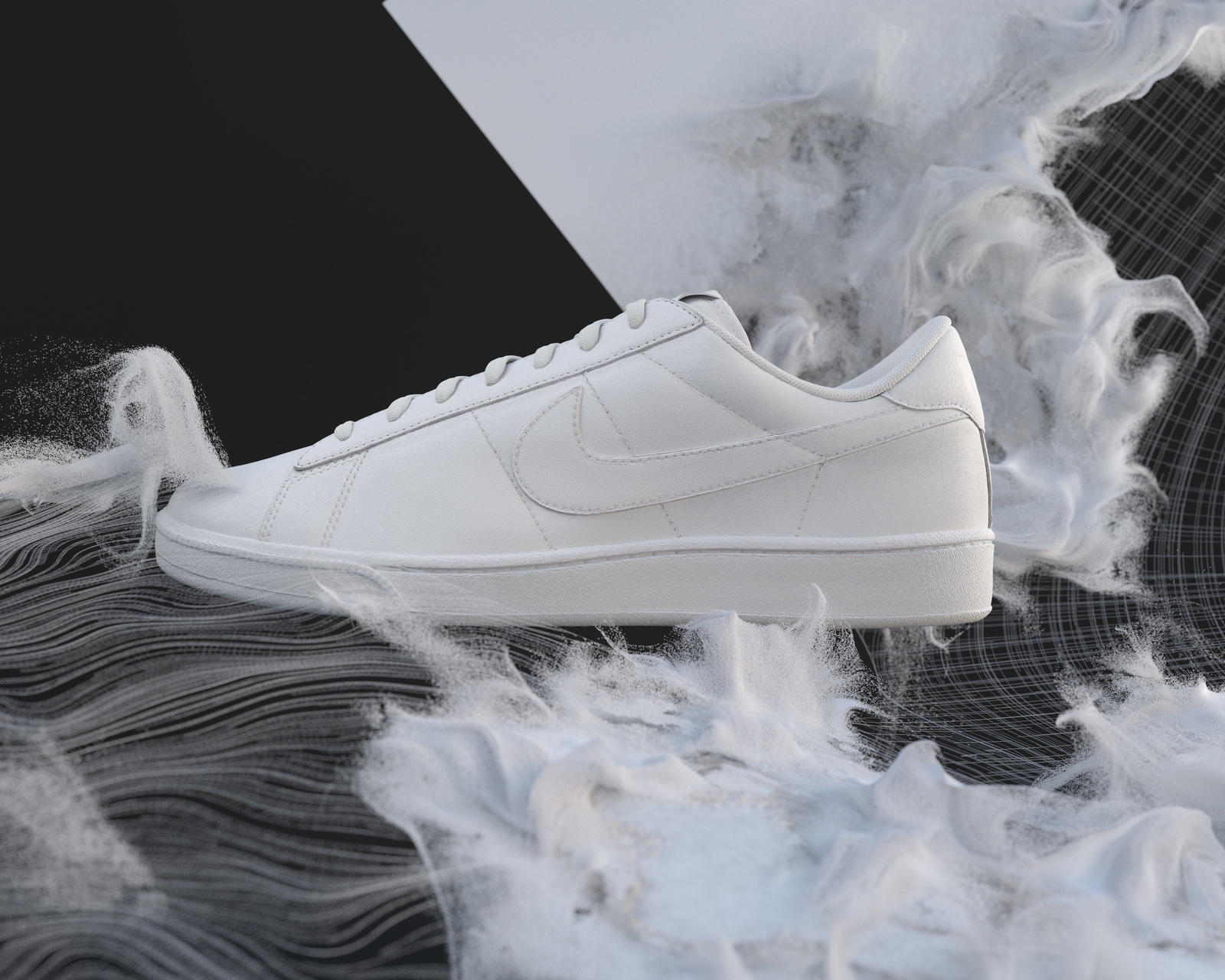PEGASUS FOR PEGASUS
NIKE PEGASUS· "Pre-consumption" closed-loop chemical recycling of fabrics for the first time in Footwear. For Pegasus and For the future.
89.05
Total Possible Score: 1004
Out of 779 total brands3
Out of 59 total brands in the Leather & PU industry4
Out of 126 total brands in the Textile industry81.60
Total Possible Score: 1007
Out of 1951 total brands3
Out of 61 total brands in the Leather & PU industry3
Out of 160 total brands in the Textile industryThe total score of the company's Corporate ClimateAction CATI Index evaluation is converted by a factor of 20% to Indicator 4.1 of the Green Supply Chain CITI Index.
As carbon hotspots vary from industry to industry, a weighting factor applies across four of the five CATI activity areas: Measurement & Disclosure (15%; Indicator 2.3.1 (6%) does not apply), Carbon Targets Setting (14%), Performance against Carbon Targets (12%) and Climate Action (43%). The default weighting factors for each industry are shown in the CATI Evaluation Guidelines.

With the vigorous development of China's digital economy, Nike is committed to building a more intelligent, flexible, efficient and sustainable supply chain system to further improve logistics and operational efficiency and further accelerate digital transformation.

Nike has built longer-term relationships and with our manufacturing partners over the course of the past few decades. These partnerships have allowed us to develop innovative products and manufacturing capabilities, and now we are leveraging those relationships to drive action on climate change.

Solving the problems of massive power consumption and carbon emissions in corporate logistics centers and transportation links is one of the keys to Nike's efforts to achieve "zero carbon" in the field of logistics.

For almost six years, Nike has championed wastewater recycling as one of the main strategies to reduce our freshwater footprint and to minimize the amount of wastewater discharged into the environment. This strategy is paying off. By the end of Nike’s 2019 fiscal year (FY19) , we reduced our global freshwater use by 25.4 percent vs. our 2020 target of a 20 percent reduction (on a liters/kg basis) from a FY16 baseline.

Over the last year, Nike has worked with 17 factories that drive 90% of its injection phylon (IP) midsole defect waste globally to implement the Stella tracking system or similar systems based on the same principles. This has prevented 450,000 KGs of waste, saved $1.6M, and prevented 2.1M KGs of CO2e.

Nike has two 2020 Targets related to waste reduction. First, reducing to zero footwear manufacturing waste to landfill or incineration. Second, reducing waste by 10% in footwear manufacturing. Nike suppliers in China have been leading the way in achieving these goals.